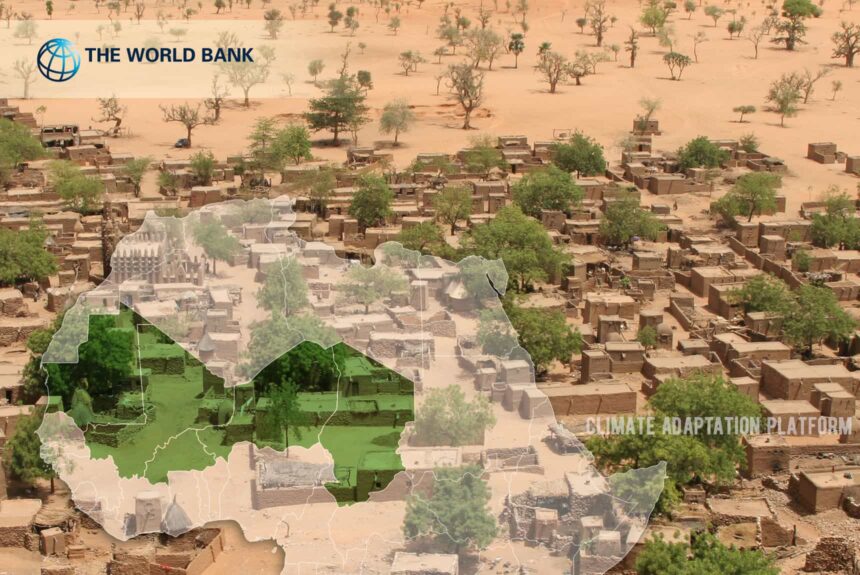World Bank’s Country Climate and Development Report (CCDR) for the G5 Sahel Region, released on 19 September 2022, estimates that up to 13.5 million people across the region could fall into poverty by 2050 because of climate change impacts.
The Sahel region has a hot semi-arid climate stretching across the south-central latitudes of Nothern Africa between the Atlantic Ocean and the Red Sea.
Food and water shortages are common due to the region’s dry climate. Its rapid population growth due to very high rates exacerbates the problem.
Africa’s Sahel region regularly experiences land degradation, more extreme droughts, floods, and other climate change impacts.
These five countries in the area – Burkina Faso, Chad, Mali, Mauritania, and Niger known as the G5 are among the world’s least developed countries. Their low adaptive capacity is hampered by poverty, vulnerability, and fragility.
Climate shocks are getting more frequent and intense in the region leading to huge output losses, capital loss, and potentially dangerous environmental and economic tipping points.
The region’s population is expected to double to 160 million in the next two decades.
World Bank Vice President for Western and Central Africa, Ousmane Diagana, says that the countries in the region “need to accelerate growth and prioritize climate adaptation if they are to realize the demographic dividend and set the region on a sustainable, inclusive growth pathway”.
The World Bank writes,
“The G5 Sahel countries combined contribute less than 1% of global greenhouse gas emissions, and all five countries have pledged to achieve net-zero emissions by 2050. In addition, Burkina Faso, Chad, Mali, and Niger pledged at COP26 in Glasgow to halt and reverse forest loss and land degradation by 2030. The Nationally Determined Contributions (NDCs) under the Paris Agreement and the additional estimates in the CCDR show that over US$30 billion are needed across the G5 Sahel countries for climate actions. The Report also shows that damages from climate change can be significantly reduced.”
The CCDR report investigates the critical actions and policy changes these countries need to take to expedite their economic recovery and climate adaptation measures. It gives out the following key messages:
First, the countries in the Sahel region have a significant opportunity to take hold of resilient and low-carbon development.
Second, rapid, resilient, and inclusive growth is the best form of adaptation to climate change and the best strategy for effectively, sustainably, and productively meeting development goals.
Third, the costs of inaction are far greater than the costs of the action. Early and targeted action on policies and programs presented in this report can move the G5 Sahel countries towards a greener, more resilient, prosperous, and inclusive future.
Click the link to read the report:
G5 Sahel Region Country Climate and Development Report
Source:
Sahelian countries must accelerate growth and prioritize climate adaptation to alleviate poverty and address food insecurity – new World Bank Group report. (19 September 2022). The World Bank. Retrieved from https://www.worldbank.org/en/news/press-release/2022/09/19/sahelian-countries-can-boost-and-diversify-their-economies-to-take-on-the-climate-crisis-and-food-insecurity



Leave a Reply